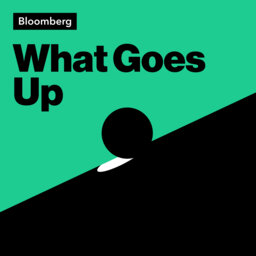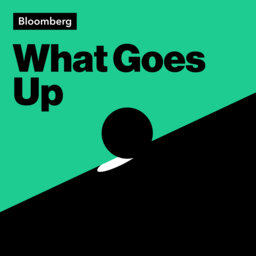The Case for a Soft Landing
The U.S. Federal Reserve’s effort to tame inflation with aggressive interest-rate hikes has some investors worried that a recession is inevitable, leading to a plunge in stock prices this year. Not so fast, says Jeremy Zirin, senior portfolio manager and head of private client U.S. equities at UBS Asset Management.
Zirin joined the latest episode of What Goes Up to discuss his outlook for markets and the economy, and why he thinks the probability of a soft landing and longer expansion is higher than many believe.
 What Goes Up
What Goes Up


